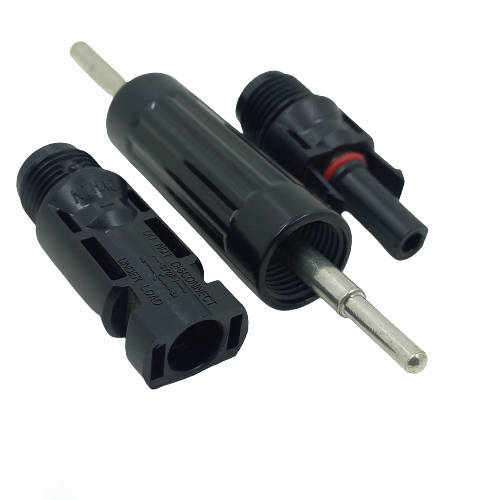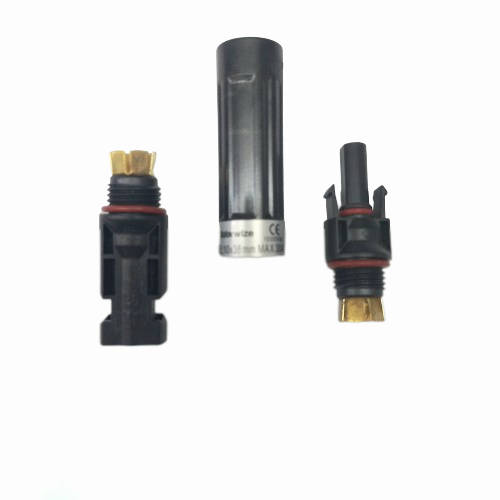



CL0366 MC4 - Solar PV Connector - Inline fuse Holder
Check my rate
| Main centres: | 1-3 business days |
| Regional areas: | 3-4 business days |
| Remote areas: | 3-5 business days |




| Main centres: | 1-3 business days |
| Regional areas: | 3-4 business days |
| Remote areas: | 3-5 business days |
The fuse holder serves as an enclosure that securely retains the fuse in position while providing essential electrical connections. It typically incorporates two terminals, one for the incoming current and the other for the outgoing current. The fuse is placed into this holder and establishes the necessary connections between these terminals.
The primary function of the fuse is to safeguard the circuit from excessive current flow. Should the current exceed the fuse's rated capacity (up to 30A in this case), the fuse will blow, interrupting the circuit and thus preventing any harm to downstream electrical components.
When choosing an appropriate in-line fuse and holder, it's of utmost importance to ensure that they align with the specific current requirements of the circuit you intend to protect. Employing a fuse with a higher rating than needed may lead to insufficient protection, while opting for a lower-rated fuse could result in premature blowing or create a potential fire hazard.
Practicing proper electrical safety protocols is crucial when handling in-line fuses and their holders. This includes disconnecting power before installing or replacing fuses and ensuring that the fuse holder is suitably sized and rated for the intended application.
e fuse 30 Amp.